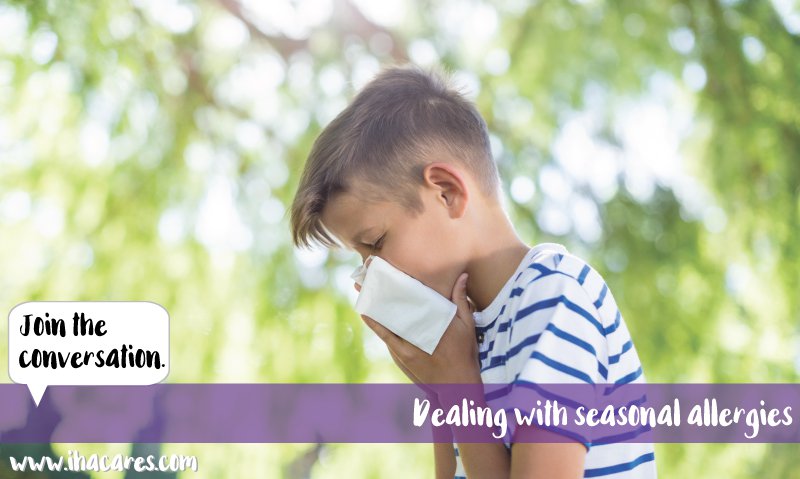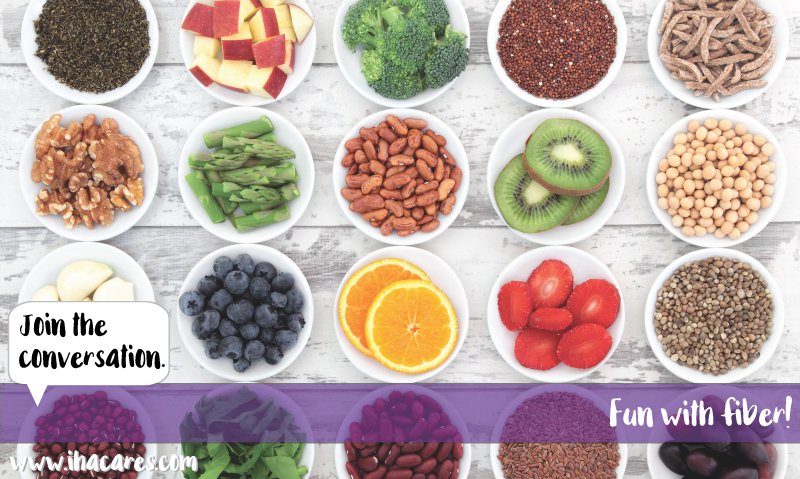
Physical fitness is truly a family affair – it’s good for every body! For people of all ages, physical activity is one of the most important parts of a healthy lifestyle. It’s recommended by the U.S. Department of Health and Human Services that adults have at least 150 – 300 minutes of moderate physical activity per week and children at least 60 minutes per day. Working another 30 – 60 minutes into already packed schedules is not easy, so it has to be fun, or let’s face it – we’re not doing it. We put our heads together and came up with some ideas for summer fun that make getting active as a family no sweat.
Make a splash!
Pool, sprinklers, water balloons, slip and slide, a car wash, or just the hose: you really can’t go wrong with any water-based activity. Just don’t forget to keep your sunscreen on-hand, and reapply throughout the day.
Create an obstacle course
Using what you have around your home and yard combined with physical activities (jumping jacks, anyone?), create a fun obstacle course. Time each other to see who can complete the course fastest.
Take a bike ride
Explore your neighborhood or local trails on bicycle. Biking is a great activity for all ages and skill levels. Don’t forget your helmet!
Neighborhood scavenger hunt
Create a list of objects to gather or tasks that can be completed in your yard or neighborhood. Or, try a photo scavenger hunt: rather than collecting treasures, have your scavengers take a photo of the object or activity. The first to return with all their boxes checked wins!
Go to a park
Need a change of scenery to get motivated? Check out your local parks. They offer trails for running, hiking or biking, team sports, swimming, play structures and oftentimes activities for kids – all within your community.
Play a game
When you love what you do, it doesn’t feel like work. The same is true for fitness. If you choose an activity that you and your family enjoy, you won’t event realize you are achieving your fitness goals. Whether its soccer, baseball, kickball, basketball or something you make up – pick your teams and let the games begin!
Dance party!
Create a playlist of family favorite tunes, and turn up the volume!
Plant a garden
Planning and creating a garden creates a reason to go outside every day. Maintaining the garden provides an opportunity for physical activity and as an added bonus creates a sense of responsibility. Plant and cook from a vegetable garden for an extra positive impact on your family’s health.
Join a class
The best way to fit fitness into your schedule, is to literally schedule it. Find a local facility that offers family fitness classes, or sign up individually.
Sign up for a race
Many charities or organizations will host a fun run or race as a fundraiser. Find one that appeals to your family, and sign up! The approaching race date will give you the motivation to train, and most of the time there are shorter route options for different ages and fitness levels, so everyone can join in.
Use a fitness tracker
![]()
Keeping track of your physical activity is a great way to ensure you achieve your goals for daily activity. There are several digital trackers available for purchase or use this fridge-ready template to add up your minutes. As a friendly competition, have the whole family keep track of their time. Accountability goes a long way!
Remember: 15 minutes counts. A quick driveway basketball game or bike ride around the block can make some great strides towards a healthier lifestyle, and make an impact on your child’s lifestyle as they grow.
If you have questions or concerns about physical activity for anyone in your family, make an appointment with your pediatric or primary care provider today. And then get moving!








